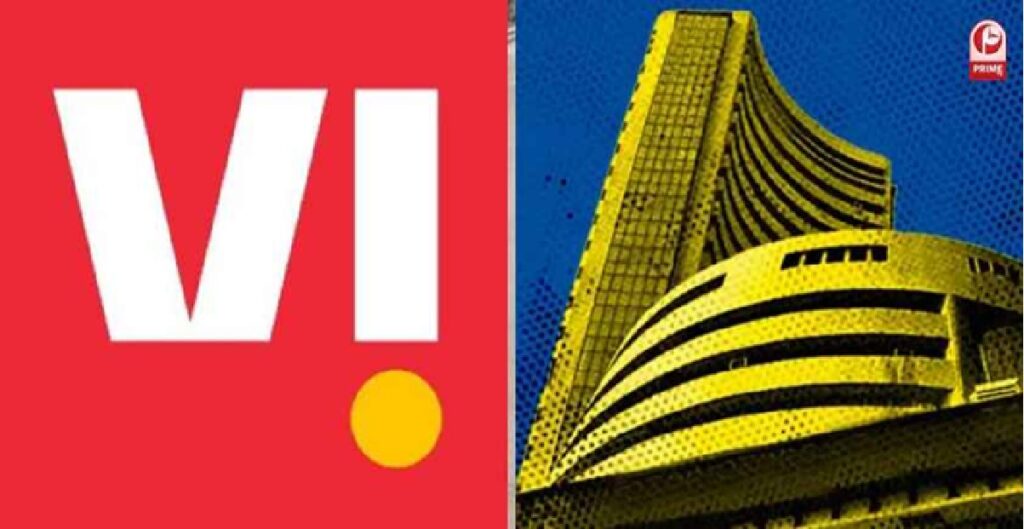Author: Akshay Published Date: 25 June 2025
Sunrise in Sensex: Vi Shares Jump 5–7%
On June 24, 2025, Vodafone Idea (Vi) stock experienced a dramatic uptick—gaining anywhere from 5% to 7%, peaking near ₹7.00—following reports that the Indian government is considering relief on the telecom giant’s ₹84,000 crore adjusted gross revenue (AGR) dues.
This sudden rally signals renewed investor confidence in Vi’s sustainability. But the journey ahead hinges on fragile discussions between the telecom ministry, the Finance Ministry, the Department of Telecommunications (DoT), and regulators.
What Exactly Is AGR & Why Does It Haunt Vi?
AGR is the revenue base (including voice, data, and non-telecom services) on which license fees and spectrum charges are calculated. In 2021, the Supreme Court ruled that operators must pay AGR—including non-core income—with compound interest and penalties. Vi’s total liability has now ballooned to nearly ₹84,000 crore.
The payment schedule currently demands annual instalments of over ₹18,000 crore from FY 26 to FY 31—far beyond Vi’s cash flow and financing capacity. As of March 2025, the company held just ₹9,930 crore in cash, meaning insolvency was a real threat unless something changes.
What Relief Measures Are On The Table?
Insiders indicate that the government is actively weighing several relief models:
- Extend repayment tenure from 6 to 20 years—effectively allowing Vi to pay smaller instalments across a longer horizon.
- Switch to simple interest (8–10%) from the current 29–30% compound interest, offering significant savings.
- Token annual payments of ₹1,000–1,500 crore until a final resolution—easing short-term cash burdens.
- A mix-and-match package combining all three, blended relief tailored to viability and government comfort.
Analysts estimate that combining simple interest and a 20-year payback could slash Vi’s interest burden by over ₹16,000 crore annually .
Market Reaction: Hope, But Not Confirmation
The immediate market reaction was bullish:
- Morning session: Shares surged 6–7%, reaching ₹7.01 per share on BSE.
- Closing session: Gains settled around 5%, with the stock at ₹6.89 after reports tempered expectations.
However, Vi itself issued a cautious clarification: “We have not received any official communication from the government yet.” They pledged to update the market once the decision is formalized.
Why This Matters Beyond Vi’s Stock
- National Competition Strategy: Telecom Minister Scindia emphasized that India cannot afford a duopoly—Vi’s collapse would hand dominance to just two operators, which is antithetical to policy.
- Government as Shareholder: The Centre now holds a 49% stake (converted from spectrum dues). Letting Vi fail would erode this value and widen the telecom funding shortfall.
- Bank Confidence: Several lenders are awaiting clarity on AGR dues before committing new credit; relief could unlock fresh funds.
Vi’s Financial Tightrope: Survival vs. Sustainability
Even with relief, Vi faces serious challenges:
- Annual liabilities remain steep: Even under the extended 20-year repayment model, Vi must find ₹6,000–8,500 crore/year—still beyond its current earnings.
- Spectrum dues remain intact: Earlier this year, ₹36,950 crore owed to the government was converted into equity—not waived—and additional auction dues still loom.
- Investor and credit perception: Relief may stabilize short-term liquidity, but Vi needs long-term profitability and network investment to survive and compete.
What’s Next on the Courier? Timeline & Impact
- Cabinet Decision – DoT must present final recommendations soon.
- Legal Vetting – Supreme Court permission or fresh legislation might be required for restructuring.
- Market Update – Vi will report any government communication via stock exchange filings.
- How It Plays Out – A formal, legally binding AGR deal by Q3 FY 25 could cap share price volatility and help Vi secure new loans.
Without clarity, Vi remains on precarious footing—markets will treat relief news as a key threshold.
